There is something quintessentially English about the glasshouse known as the Temperate House. It re-opened at the Royal Botanic Gardens, Kew, in May 2018. Visitors will find not only a vast array of endangered plants but also this spectacular Grade 1 listed building itself, which is as amazing as the plants within its glass walls.
It has taken five years, and £41 million, to restore this unique Victorian glass structure. For both botanical and historical reasons, it was worth every penny. Oliver Wainwright referred to it as the “King of Greenhouses” in his recent article for The Guardian. What a well deserved, grand, and fitting label that is.
The iron and glass architectural structure was designed by Decimus Burton. Opened to the public in 1863, it is a monument to the architect’s futuristic foresight. In 1905, the Architectural Review wrote that Burton was “an architectural historian of the distant future.” It was not until the 20th century that his glasshouse was finally considered an architectural masterpiece. At 628 feet long, Temperate House is the largest Victorian glasshouse in the world.
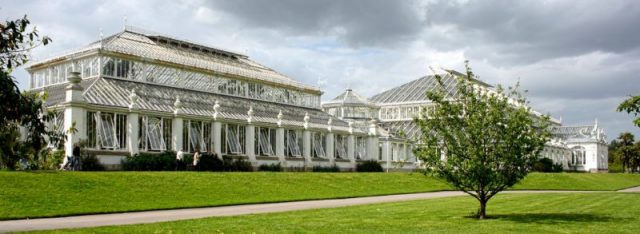
The area around Kew, in Richmond, has a long royal history, dating all the way back to King Edward I, with Henry VII building the palace of Richmond in the early 16th century. His courtiers went on to build large houses, and the palace grounds were extended to include Mary Tudor’s home. Much of the land where the gardens now occupy became known as Kew Field, and so it began.
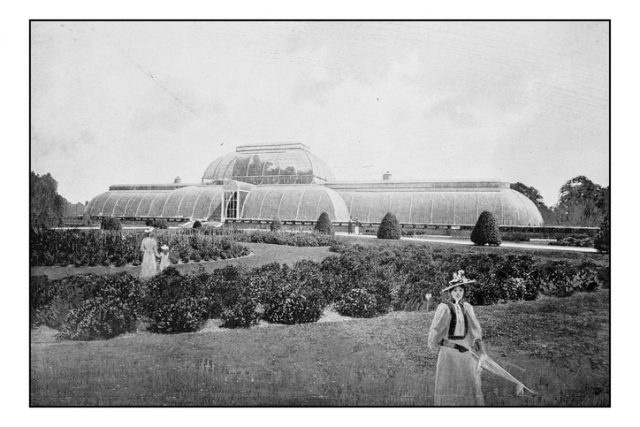
Several huge and exquisite garden structures were to follow; included was a Chinese Pagoda, erected in 1761. The gardens grew, and the land extended. Today the Royal Botanical Gardens at Kew covers 300 acres. Other impressive structures include the Palm House, built in the 1840s. This was also designed by Decimus Burton, along with Richard Turner, a famous ironworks owner. With hand-blown glass panes and wrought iron frames, these impressive glass structures define the Victorian Winter Gardens.
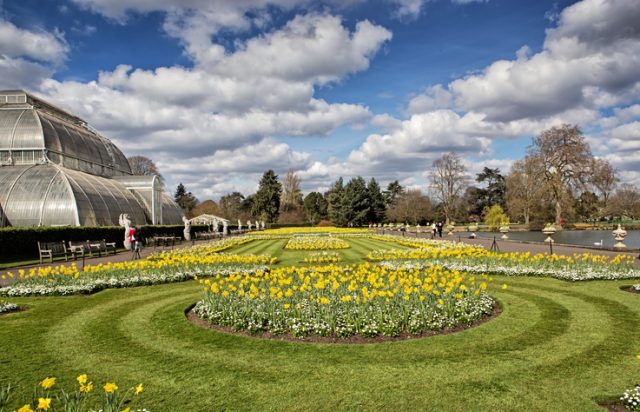
Kew Gardens is not without its disasters. In 1913 two suffragettes, Olive Wharry and Lilian Lenton, burned down the pavilion known as the Tea House. This, of course, was done as part of their protest to enable women’s right to vote. An even worse disaster was yet to come in 1987, when a great storm hit the United Kingdom, destroying more than 700 mature and centuries-old trees that stood in its path. One tree, known as the Chinese Tree of Heaven, crashed down on King William’s Temple, causing extensive damage.
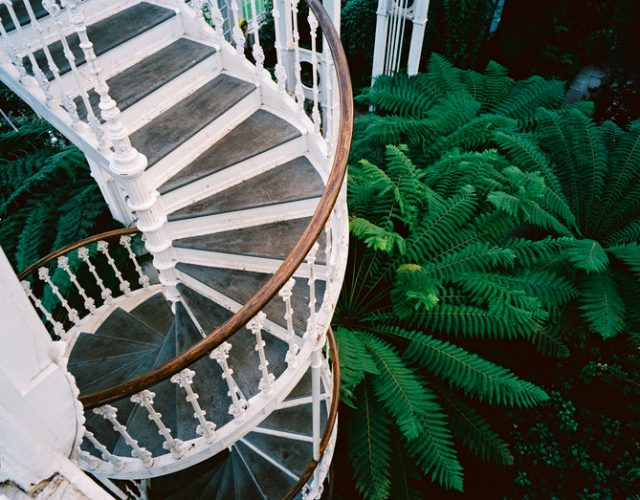
In 2003, UNESCO declared the Royal Botanic Gardens as a world heritage site–a title it richly deserves. No longer the private gardens of royalty, the area of such grandness can now be enjoyed by all. A day at Kew Gardens can include a walk that is 60 feet from the ground. This is stroll along treetop walkways that meander through various tree canopies. Or amble over the lake using Sackler Crossing, an award-winning granite and bronze footbridge. The acclaimed Princess of Wales Conservatory houses ten different climatic zones. It displays an array of tropical vegetation.
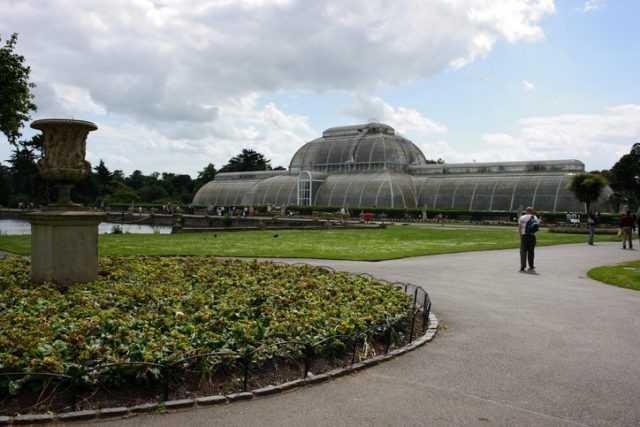
When you take in the rare botanical plants that grow within the Palm House, watch out for the Queen’s Beasts. They are heraldic statues that line the pathway to the entrance.
If it is history you enjoy, then you will not be shortchanged. Once there, you will become embroiled in the rich diversity of the plants and buildings. The spectacular displays of the Royal Botanic Gardens in Kew are steeped in English history.
